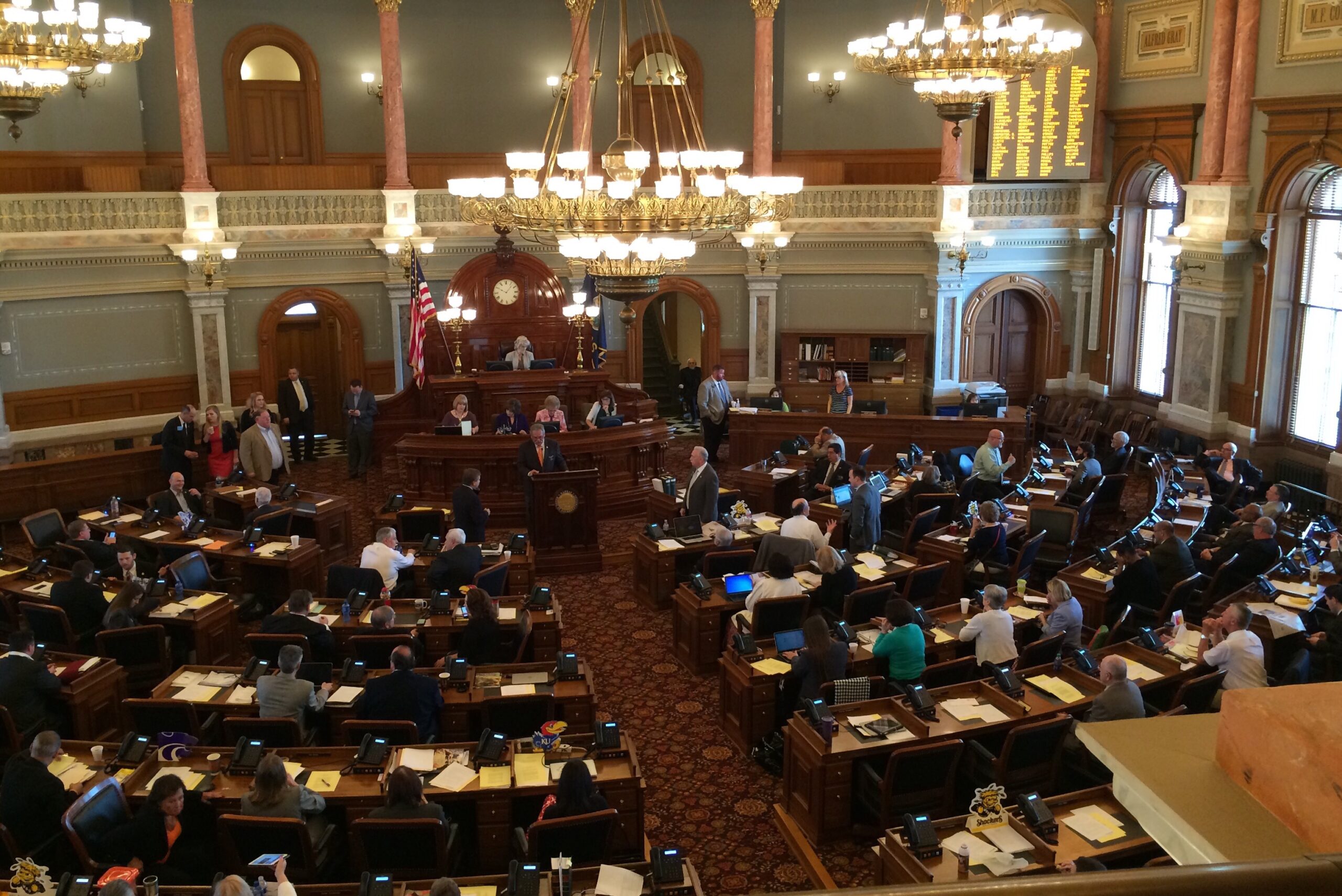The day we all thought would never come is here: the election is over, and the dust has finally begun to settle. While some things are still uncertain, if your organization is directly impacted by decisions of lawmakers at the state or federal level, you need to start planning your 2021 strategies now in order to be prepared and increase your chance for success when our new Legislature and Congress convene in January. In a climate that has become increasingly uncertain, and even volatile, it can be overwhelming and at times intimidating to know where to start. While each of Tunheim’s clients have their own unique considerations that we center when undergoing this process, there are some general guidelines every organization can follow to help drive them in the right direction.
Build a landscape assessment
Create a landscape assessment that lays out a roadmap of election results and their respective impacts on the upcoming legislative sessions from your organization’s point of view. This includes:
- Policymaker turnover and new membership
- Changes in executive leadership
- Who’s in control of each body, who are the caucus leaders, and how do these things impact overall governing
- Committee chairs and committee membership for committees who impact who have an impact on your organization
- Caucus priorities and Administration priorities (and how they work together or against one another)
- Pressing issues of the day that will impact or dominate proceedings (for example, COVID-19 and the budget deficit in Minnesota)
- Identification of key allies and opponents for your organization’s priorities
- Analyze your priorities against all of the above – how does the landscape impact your organization and what you care about? What’s realistic for you to pursue in 2021, and what should be tabled for now? Or, what will you potentially need to work to block?
Consider your tactics (and how they all work together)
After completing your landscape assessment, your strategic direction should become clearer and you can begin to consider and develop what tasks, tactics, and tools you will need to carry out your 2021 legislative priorities. Examples include:
- Messaging and audience targeting
- Grassroots and/or grassroots advocacy (including the consideration of advocacy tools, such as Phone2Action)
- Social and digital media strategies
- Earned media strategy
- Stakeholder engagement
- Lobbying services for direct lawmaker engagement
- Public affairs consulting firm services (such as Tunheim) for communications and advocacy strategic counsel, or to build an integrated campaign
Once you have decided what tactics your organization wants to pursue, create a detailed timing and action plan for building out each piece, and how each piece will work together.
Plan for multiple scenarios
While you don’t want to let all the post-election and pre-legislative session noise cause you to lose focus in your planning, you should by now have an idea of the major developments that could impact your organization’s goals, and should pull together frameworks of how these different scenarios could impact your overall strategy. Create a grid of “If {insert scenario}, then {insert basic strategic approach)” to map out your plan.
| If… | Then… |
| Insert scenario | Insert basic strategy |
Things can change very quickly during legislative sessions, so it’s critical you plan ahead and know the general direction your organization will take in response to things that have a realistic likelihood of happening.
Don’t get distracted
It can be really tempting to get distracted by all the post-election daily news developments, think pieces, and prognosticating – but don’t let that impact your planning process or cause you to lose focus. For the most part, we know who will be assuming office on a state and federal level in January, and we know what their priorities are. Beyond that, we really don’t know anything for certain and it’s all speculation. Don’t get too caught up in the rumors on your Twitter feed or in what the talking heads (who never agree with each other anyway) say on Sunday morning political news shows, and don’t let it delay or drastically sway your approach. Stick with what you know and build flexibility and off-ramps into your plan to allow for you to change course if needed.
*If you are a news junkie like me this can be really difficult! There is definitely a time and a place for the debates and the think pieces, but fixating on them in this scenario won’t help you efficiently plan.
Need help?
Need help navigating through this process, creating a landscape assessment or developing strategies and tactics, or building an integrated public affairs campaign? Tunheim can help navigate this process! Contact us here, or email me at shinde@tuheim.com.






